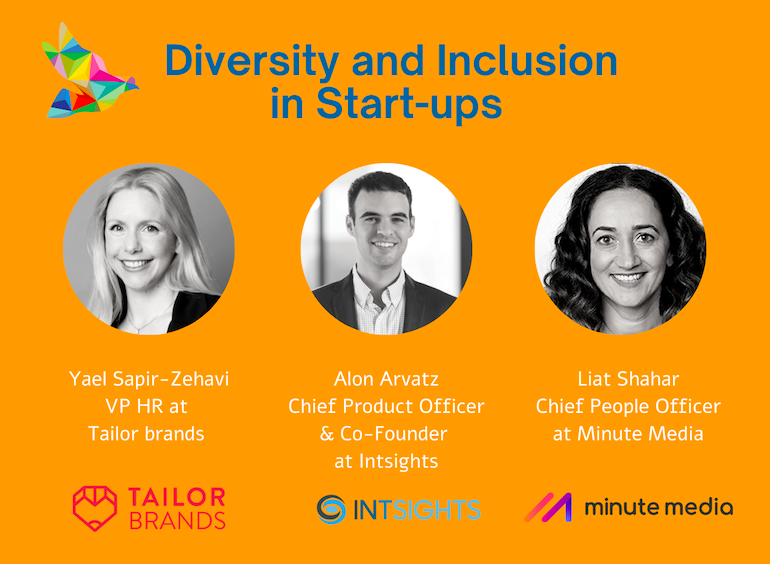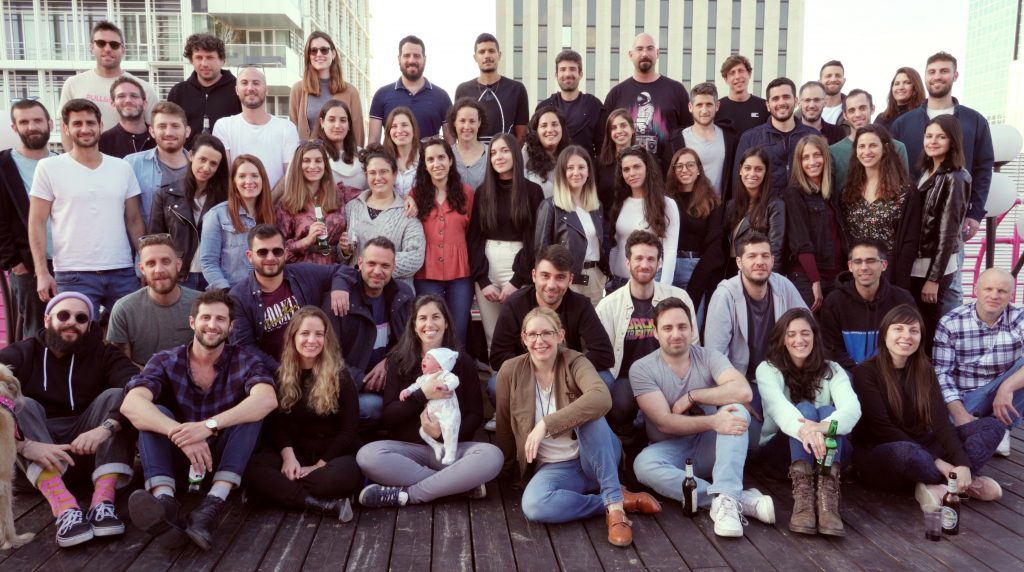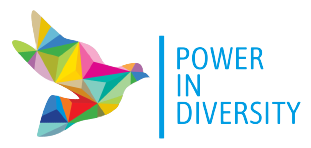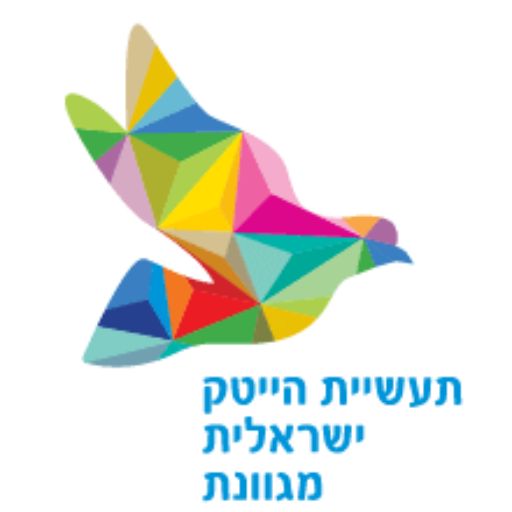
In honor of World Day for Cultural Diversity for Dialogue and Development, we visited three companies that embrace diversity and inclusion to hear about the successes and challenges they encounter.
The local high-tech industry employs nearly 10% of the economy’s salaried employees. Nonetheless, the industry’s workforce composition does not reflect the overall population – far from it. According to the Central Bureau of Statistics, about two-thirds of the employees in the high-tech industry are men. Most of these men are secular Jews who account for over 30% of the general population. Still, as of 2019, the rate of salaried high-tech employees in the Orthodox and Arab sectors was less than 5%. Additionally, only about 30% of the women employed by start-up companies hold tech jobs, and even fewer hold management positions.
According to Liat Shahar, Chief People Officer – Minute Media, this discrepancy results from how organizations set their core values. “We stand behind what we believe, internally and outwardly. I genuinely feel that diverse teams are better teams. Promoting women and minority groups has always been a priority – it is an integral part of our organization’s mission.”
Alon Arvatz – Chief Product Officer & Co-Founder of InSights Cyber Intelligence, a company of about 110 workers (locally), believes that diversity in the workplace reinforces thinking outside the box and enhances creativity. “Other than the obvious advantages, working for a heterogeneous organization is just more fun, and working in an environment where everyone is similar won’t be as productive.”
Yael Sapir-Zehavi – VP of Human Resources – Tailor Brands feels it is crucial to overcome the bias women currently have about working for a start-up company and the fear they experience in entering an industry perceived as male-dominated, demanding, and non-inclusive. The qualities of the start-up industry as an employer surpass those of other corporations or large organizations. Women should learn about the upside as they are overexposed to the stories and injustices presented by the media.”
How does an organization create a diverse and inclusive work environment, and what are some challenges?
Yael: “Creating a healthy corporate culture is an involving task. Creating a safe space for employees to have honest and healthy discussions is necessary. Other than that, it’s vital to recruit the right people, have training programs, supervise regularly, and, mainly, have ongoing open communication. We work according to the Try, Fail, Learn, Repeat model. We speak about our failures and learn from them, and we improve continuously in terms of the quality of our product and our day-to-day operations.”
Liat: “I think this depends greatly on the maturity level of the organization and its CEO. For change to occur, it’s crucial to identify and analyze the process’s steps correctly. The biggest challenge is the shift in perception. The high-tech industry’s profile is specific. How do we help managers make diversity and inclusion part of the agenda? How do we reach out to Arabs, Orthodox, and women, and mostly, how do we construct an organizational culture that can absorb, maintain and promote these employees? In a reality that favors swift recruiting processes, committed management must be proactive: from goal setting to posting the job, interviewing, and integrating new employees. All of these are critical factors for the success of the process.”
Alon: “As a Start-up entrepreneur in the ecosystem, I know that the most important thing is to insist that quality comes first. My priority is a successful start-up. We function in a highly competitive market, and we must be the best. We should make sure that the organization is open to diversity and inclusion from the inception phase, and we must act when maturity is reached, and the opportunity presents itself and hire talented individuals to do an excellent job. Any other scenario of affirmative action may harm both the organization as well as the minority population.”
What tactics do you use to bolster diversity and inclusion?
Yael: “Tailor Brands has eighty employees, of which 50% are women, and they are present throughout the organization. Our strategy is twofold: we initially invite an equal number of men and women to fill the position, and we perform relevant acts throughout the panel, starting with a gender-neutral job description which is free of expressions that communicate a male-dominant work culture through holding pieces of training in the subject of unconscious bias/raising awareness to diversity, all the way to interviewing workshops. Women of various roles and levels are involved in each step of the recruitment process. We believe in active parenting and value flexibility – and these aren’t merely slogans. A manager who expects their employees to respond to emails 24/7 is not flexible. Salary is another crucial subject. Women tend to compare their salaries to those of other women and those they’ve earned in previous positions, whereas men tend to use empowerment strategies in the comparison process. Even when a job candidate asks for a salary that is smaller than their colleagues’, we pay a salary that equals that of other individuals in the same position. Benchmarking creates a balance. We do not use tactics that maximize our profits at the expense of our employees. In the long run, attempting to save money in this way can be costly. This issue should be part of the discussion.”

50% women. Tailor Brands.
Alon: “We have an individual in our team who is on the autism spectrum, and today he is one of our best workers. This recruitment happened very spontaneously. A woman reached out to me on LinkedIn asking to make a connection. I spoke with our VP – Research and Development and inquired about current possible positions for this candidate. Undoubtedly, there are many hesitations involved, such as how this would work administrative-wise, and will he fit it? But eventually, we had to dive right in. We have in our pool Junior Analyst positions that don’t require previous work experience. These positions used to be filled by veterans of technology units or by other specific profiles. We’ve decided to divert from this recruiting strategy and enlist other populations. We hired a very ambitious worker from the Ethiopian sector who is doing an excellent job. We work with different non-profit organizations and hire Orthodox Jews and, of course, women for development roles, and we intend to increase the number of hires from underrepresented populations. Overall, there is much awareness to the issue with an appreciation of the added value to the organization.”
Liat: In Israel, 38% of our employees are women, intending to reach a solid 50% within three years. 50% of our candidates are individuals of diverse backgrounds for every advertised position. We have an internship program where 60% of the participants are individuals of diverse backgrounds. We have many activities and pieces of training in inclusion and inclusive leadership. Through a designated product development program, we had workers of the Ethiopian community join our QA, Legal, and other departments. We participated in the Mindstart program, introduced by the Power in Diversity Initiative. As a result, we started integrating workers of the Arab sector. We cooperate with NGOs on diversity projects in the sports realm, and we reinforce these issues when we train the next generation.”
Why is it essential for start-ups to work towards diversity and inclusion?
Alon: “As leaders in the Israeli high-tech ecosystem, we must think about the long-term rather than about the here and now. The here and now is about seeking the talent that everyone competes for – the most qualified techies and the elite military units’ veterans. But suppose you think about the long-term – the perseverance of the Israeli high-tech. In that case, it’s important to be receptive to populations that cannot access these areas, even if this is done initially through entry-level positions. In the long run, this will advance the Israeli high-tech industry, improve its perseverance as a sector, and indubitably resolve the current recruitment crisis. I also believe that it’s an issue of readiness and availability. Small numbers won’t necessarily get us there. We must develop this awareness early in the organization’s life cycle. Once the resources and maturity are there, once the jobs are there – those opportunities will be recognized and materialized.”
Liat: “The companies that are doing the greatest things are not those that focus on product and revenue. At the end of the day, people want to work for an organization with meaningful core values that work for the greater good. If you don’t function this way, you will attract people who don’t function this way – creativity and the desire to do meaningful work will decline, impacting the product. Additionally, it’s no secret that demand exceeds supply when it comes to certain positions, and doing things correctly will increase the pipeline and ease the recruitment process.”
Liat – a final word about your Mindstart experience?
“Mindstart was a fantastic journey. It’s a process that helps focus, brings things into focus, and brings advancement, diversity, and inclusion to the table. Throughout the process, the emphasis was on transparency and inclusion. We created a work team that acted as a thought partner in the design and decision-making process. We participated in many workshops on various subjects. With the assistance of professional entities referred to us by Power in Diversity and Accord, we trained our managers and interviewers to promote transformational thinking to increase the representation of diverse employees in the organization. Mindstart helped us bring this subject to the forefront and to implement our plan congruence with our goals and values as an organization.”


